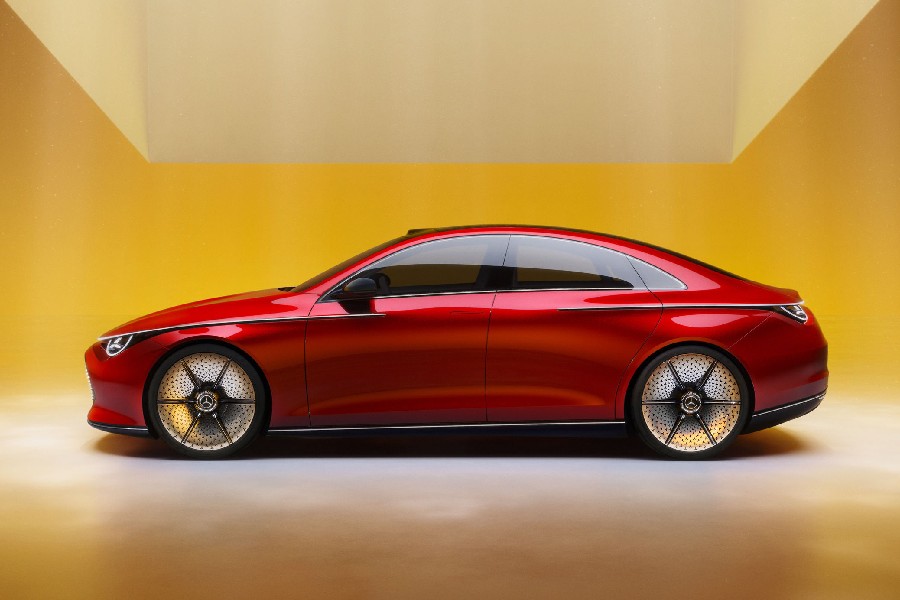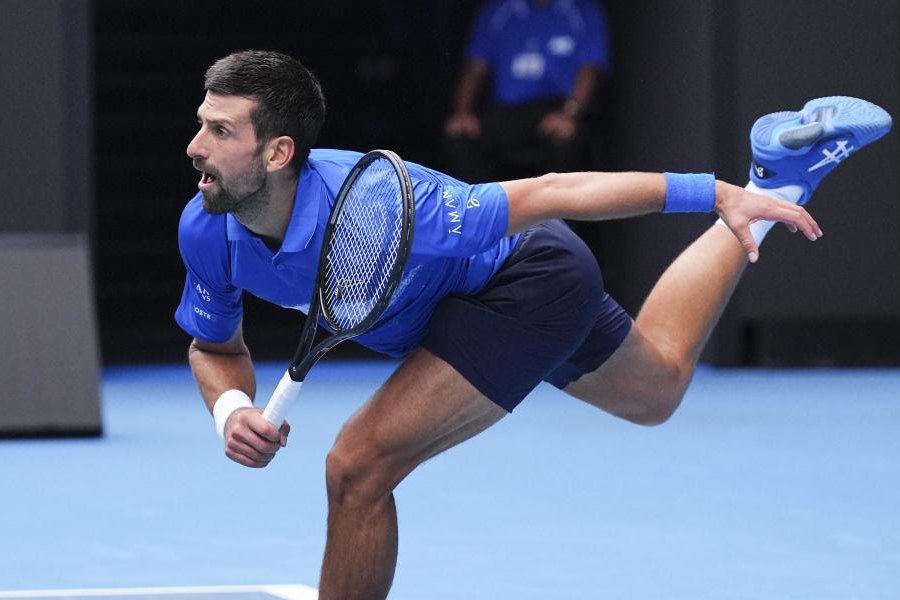Laws sometimes contain inner puzzles even when they are formulated with contemporary concerns in mind. The Supreme Court has said that the young man, four days short of 18, or legal adulthood, who ran over and killed a man of 32 in April 2016, and then drove away, could not be tried as an adult according to the Juvenile Justice (Care and Protection of Children) Act, 2015 but would have to be tried as a child. In view of the violent and sexual crimes being committed by older teenagers — the 2012 gangrape in the Delhi bus is an example — the 2015 law provided a two-year window of ages 16 to 18, within which teenagers committing ‘heinous’ crimes would be tried as adults. But owing to what the Supreme Court has called a “gross mistake”, the law considers ‘heinous’ those crimes which have as a minimum limit seven years’ imprisonment. As a result, crimes such as homicide not amounting to murder or abetment to suicide, which have no mentioned minimum limit although the maximum is more than seven years, have got left out of the Act’s purview. The accused in the 2016 hit-and-run case, now aged 22, can only be tried as a child.
This outcome would go against everyone’s sense of natural justice. It has to be asked why a legislation, aiming to ensure protection of vulnerable underage subjects while providing conditions for disciplining, correcting and, in some cases, penalizing as adults those young people who are found to be in conflict with the law in various ways, fails at this point. Indian society’s attitude to children is conflicted. On the one hand, children’s rights are only fragmentarily understood. No law against child labour, for example, has been able to free society of this evil, which is inextricably bound up with economic backwardness. Among the aspiring middle and upper middle classes, the tendency is to push children into fulfilling the dreams of their parents, educationally and economically. On the other hand, there are mistaken ideas about young people’s ‘liberty’ among those who can afford it. Driving around the father’s expensive car and running signals or running over another person become, in this narrative, part of ‘growing up’. It may be recalled that there was a lot of opposition to the provision about 16- to 18-year-olds when the law was formulated. These dualities may account for the slip, the “gross mistake” of the law. As the Supreme Court has said, legislators need to look into it.











